Alcatel Onetouch Idol 2s mini-review
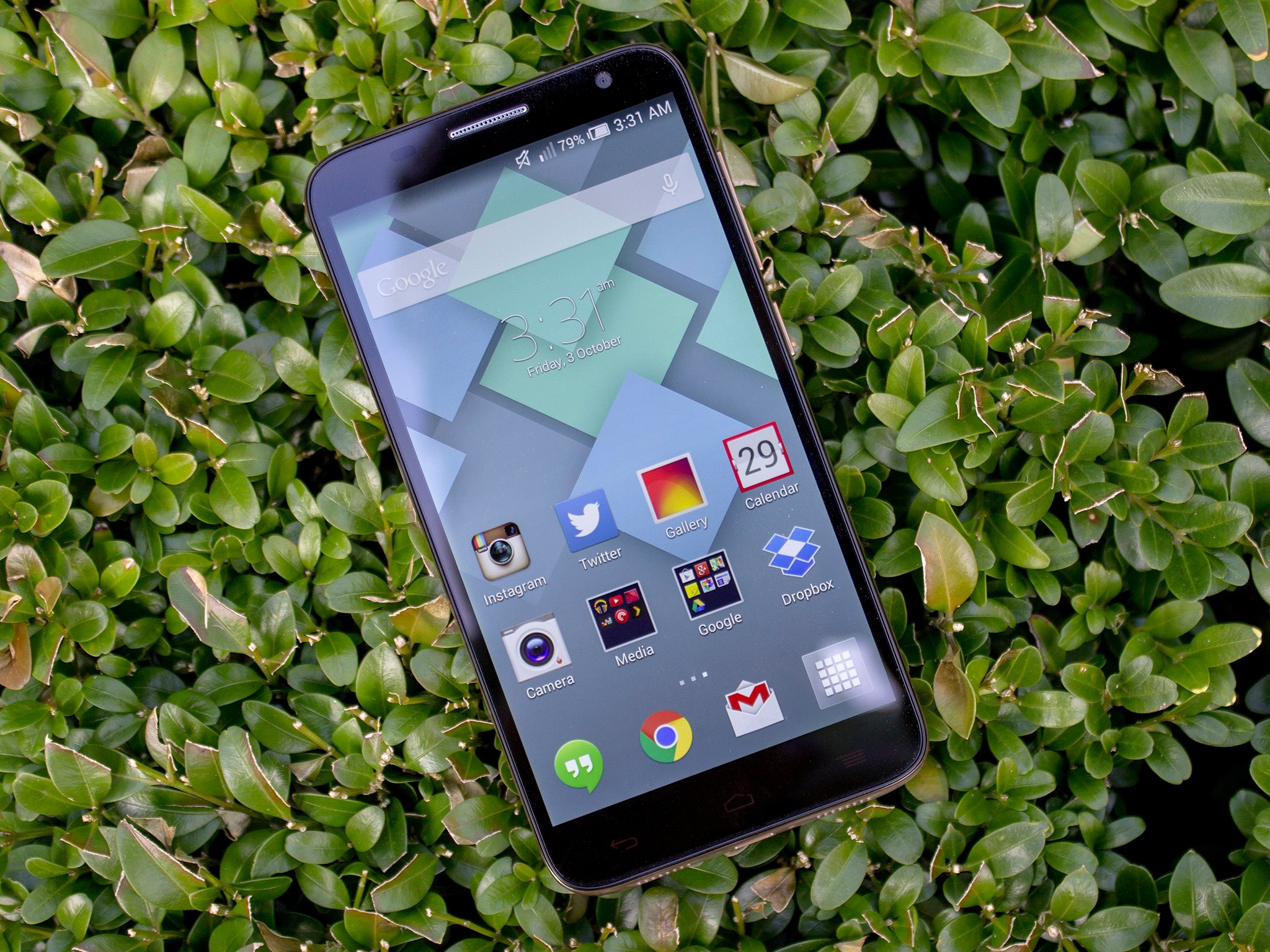
This mid-ranger from Alcatel won't set the world on fire, but it's not without its charms
Alcatel isn't a huge name in smartphones in the U.S. and Europe. Years ago in the UK you'd see many of their phones offered by carriers at low prices and, targeted mainly at younger users looking for basic functionality.
Today, however, Alcatel has a whole range of Android smartphones in its portfolio targeted at different sectors of the market. We've seen a couple of the higher-end offerings at various events this year, now it's time to look at one of the mid-rangers.
Read on for our take on the Alcatel Idol 2s.
About this review
We've been using a European spec device provided by Alcatel in the UK on EE HSPA+ and LTE. It's running software build number JLS36C atop Android 4.3 Jelly Bean.
Video walkthrough
The hardware - specs
Be an expert in 5 minutes
Get the latest news from Android Central, your trusted companion in the world of Android
Before diving deep into the hardware, here's a quick run down of the full specs of the Idol 2s.
| Category | Features |
|---|---|
| OS | Android 4.3 Jelly Bean |
| Chipset | Quad-core 1.2GHz Snapdragon 400 |
| RAM | 1GB |
| Display Size | 5-inches |
| Display Resolution | 1280 x 720, 320ppi |
| Cameras | 8MP (rear)1.3MP (front) |
| Internal Storage | 8GB |
| External Storage | microSD |
| Radios | LTE B1/B3/B7/B8/B20 / HSPA+ / GSM |
| Connectivity | Wifi, GPS, Bluetooth 4.0, NFC |
| Dimensions | 136.5 x 69.7 x 7.45mm |
| Weight | 126g |
| Battery | 2150mAh |
The hardware
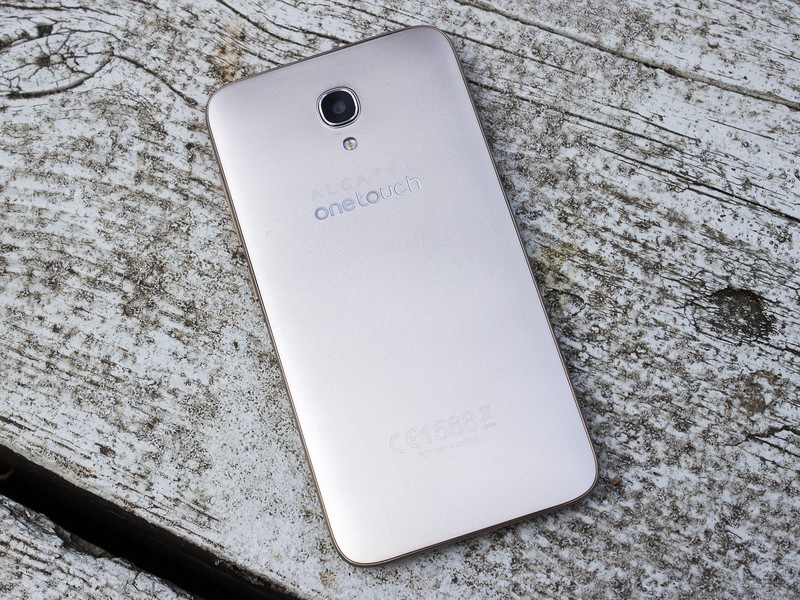
The specs only tell half the story. Sure, the Idol 2s absolutely sits in the mid-range sector, but even so the hardware is pretty decent. That 720p display still looks good enough at 5 inches — it's bright and pretty sharp and has nice, natural looking colors. While we've seen deeper blacks, the whites actually look white and while things get a little fuzzier the closer you look, at average viewing distance it looks perfectly fine.
Alcatel also did a good job with the overall size and form factor. Despite having a 5-inch display its no bigger than the new iPhone 6 – actually, it's a little shorter – while having more screen real estate on offer. The version we have here is in what Alcatel terms "soft gold," and it looks pretty sharp. It's what you'd call a "champagne" color and covers the back and sides, while the front is all black. And black and gold is a good-looking combination.
The effort on the design front is evident on the sides of the device. Despite being plastic all round, the sides of the phone have been made to look like brushed metal. They're also slightly angled which makes more of a difference than you might imagine — the phone feels much less blocky than some competitors.
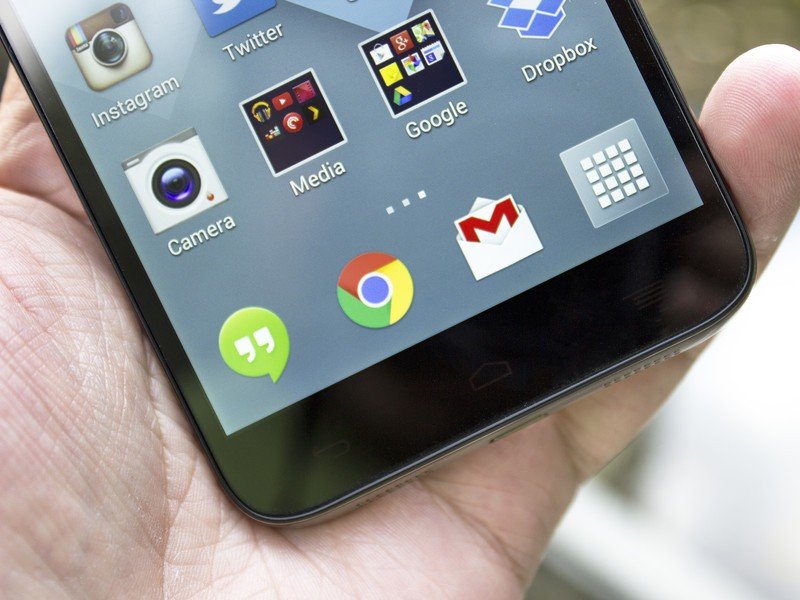
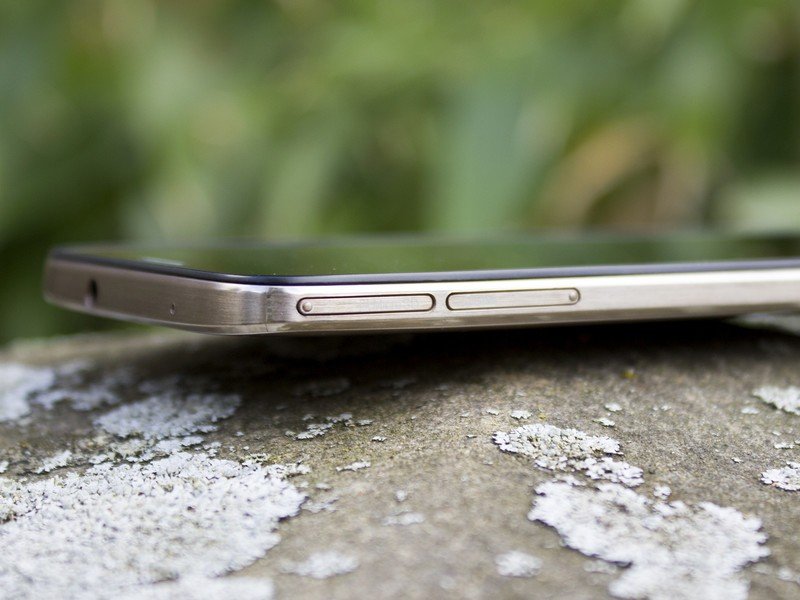
We don't have many design complaints, but there are a couple of things we're not so fond of. There's a slight lip on both the front and the back of the phone where the screen and the sealed battery door meet the edges of the phone. Neither are huge, but they're there. And around the back, there's a bit of give between the battery door and the body of the phone, which isn't ideal.
The SIM and microSD card slots are also more fiddly than we'd like, especially for those with larger fingers. The cards push and click into a slot a fair distance inside the phone — so don't lose the bundled tool you, or else getting them out could be a challenge.
It's also worth noting that the Idol 2s has capacitive buttons, and in particular that one of those buttons is a menu button. It also acts as the task switcher by holding it down, but having launched in 2014 we can't say we're thrilled to see a device with a hardware menu button. (To say nothing of the fact that this thing's running Jelly Bean.)
Generally the hardware isn't bad. There are a few fit and finish issues, but we've seen worse.
The software
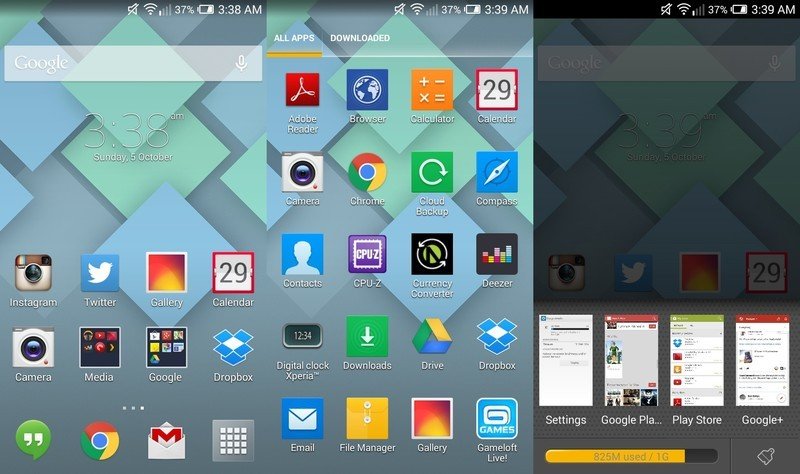
We'll start by addressing the version of Android the Idol 2s runs. This phone first went on sale in some markets in June and it's on Android 4.3. Alcatel isn't the biggest hitter in the Android space but it's disappointing to see a phone without KitKat this late in the game. There's no sign of an update, either, which is disappointing as we look ahead to Android L.
After that initial disappointment, the software experience isn't all bad. It's not a completely reworked version of Android 4.3 Jelly Bean, more a case of changing the colors and slapping a custom launcher over the top. It isn't altered from stock nearly as much as something like Samsung's Touchwiz. The launcher isn't particularly exciting, either. Aside from a few brightly-colored icons and wallpapers there's not a whole lot going on. It's relatively inoffensive, but of course this being an Android phone you can soon customize anything you don't like.
There are a bunch of Alcatel's own apps included on the phone, but it's fair to say on the whole they're not the greatest you'll find. They're functional, sure, and things like the File Manager and Compass apps will do exactly what you expect them too. But with so many fantastic looking apps available on Android today it's disappointing when manufacturers own efforts don't impress.
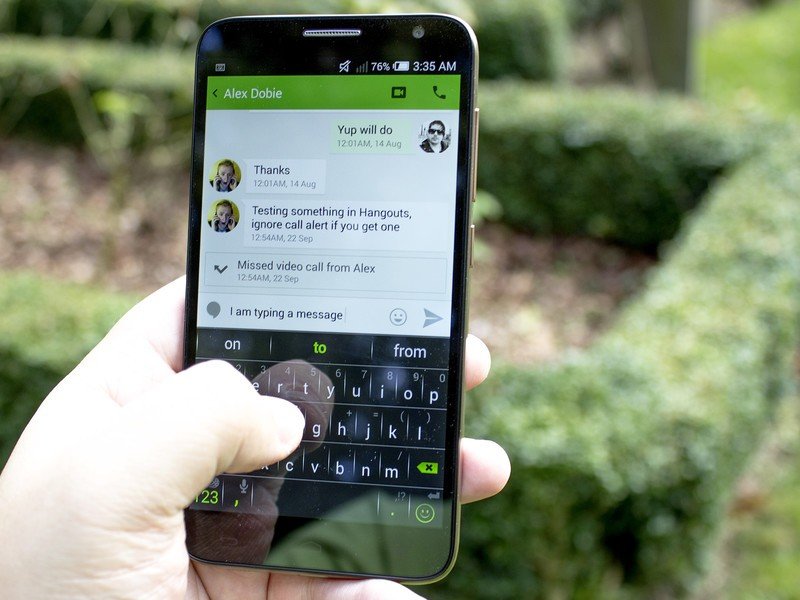
There are a few touches in the software though that are definitely worth a shout out. The first of those is SwiftKey. As on its latest and greatest, the Hero 2, Alcatel has included SwiftKey as the stock keyboard on the Idol 2s. It isn't the 'full fat' SwiftKey complete with theme store you'll find available in Google Play, but SwiftKey Flow is still there, as is a basic selection of different themes. And the Idol 2s is all the better for it.
Other things we like:
- The LED indicator can be turned off. It's good that it's there, it's even better than it can be turned off if you don't want it blinking away. Especially at night.
- Tucked away inside the Settings menu is an option for "Quick Start." This shortens the boot time for the phone and it does work. Why it's not just how the phone boots is a different question for a different day, but if you turn your phone off a lot make sure this box is ticked.
- Gestures: Turn over to mute, turn over to snooze alarm, three finger swipes for TV Link, putting phone up to your ear when in messaging to call that contact and double tap to unlock are all present. Be careful with double tap though, as it unlocks the phone, not just turns the screen on. So it's really easy for it to be doing something in your pocket.
- With no active notifications pulling down the notification tray automatically takes you into quick settings instead. Nice touch.
- The Idol 2s allows you to backup some of your personal stuff like photos and contacts to the device, or perhaps better still Dropbox or Google Drive.
The biggest critique of the software remains the fact that it's shipping without KitKat. For the casual buyer this is likely a non-issue, but Alcatel's newest devices do come with KitKat, so it's still disappointing.
The camera
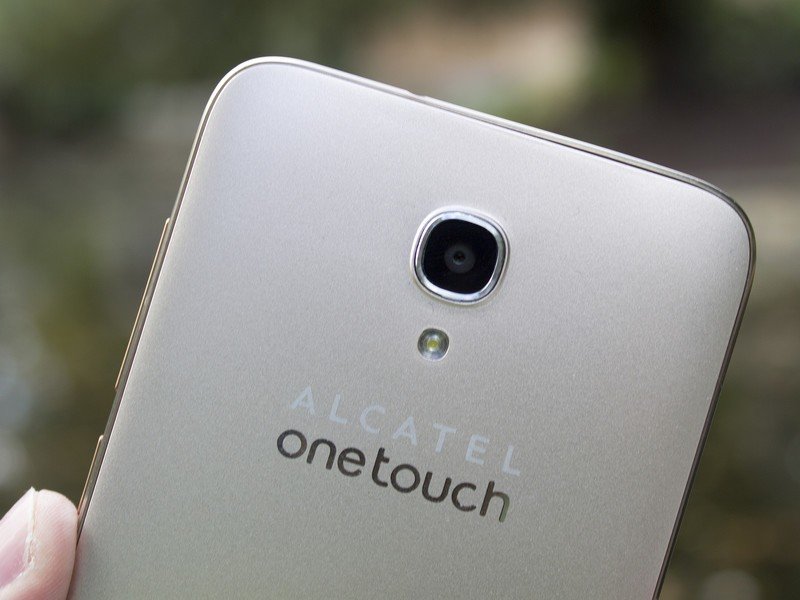
With an 8-megapixel rear and 1.3-megapixel front camera, the Idol 2s is about par for the course for a mid-level device. But even in the mid-range these days, smartphone buyers want a good camera. The rear camera in particular isn't bad, and the camera app offers many manual controls for settings such as ISO and exposure, and an effective HDR mode for bringing out detail in light and dark areas.
HDR on the Idol 2s is a little more like the effect you'd get from applying a filter in Snapseed. It's less subtle and a little more dramatic than you'd find on some other Android phone cameras. Check out the side-by-sides below to see the difference.


When scenes are well lit you're getting decent enough images, but when the light gets lower things are less pleasing, perhaps expectedly. For a selection of sample images check out the gallery below.














The quality of the video recording is nothing to write home about. It's by no means the worst we've seen, and it should be OK for casual shooters. It does seem to be pretty aggressive with the auto-focus which you will certainly notice if you're moving around while shooting.

The front facing camera will do OK for selfie enthusiasts, in that it'll take still images that should suffice in most situations. But with more emphasis being put on front-facing cameras of late, it's not going to be too long before 1.3 megapixels won't cut the mustard. If you're after absolute top quality shots you'll need to look elsewhere, but it should be ample for most. Video is a little more disappointing, but it'll be OK for those Hangouts or Skype calls.
This is by no means the worst camera setup we've seen on a mid-range Android smartphone, and with the manual controls available with a little care you can take some quite satisfying shots.
The battery
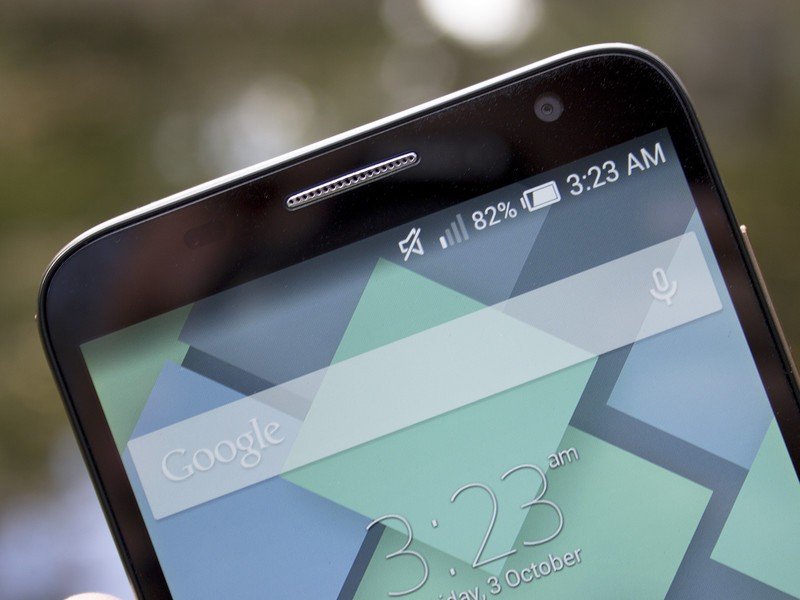
In a 5-inch device with a sealed battery we'd hope for more than the 2150mAh battery offered up in the Idol 2s. The display may only be 720p, but honestly battery life isn't great. You'll get through the day on average use, just, but if you're wanting to play some games, stream a lot of music or watch videos throughout the day you're going to be hunting for a charger.
We've been able to get to around 3 hours screen on time with average use, which is — well — average. There is a battery saving mode on the Idol 2s but in this case we'd be lying if we didn't say that we'd have hoped for just a bigger battery.
Availability
In North America, folks in Canada on Bell and Virgin Mobile can pick up the Idol 2s now for $299.95 without a contract or no money down on a 2-year term.
The bottom line
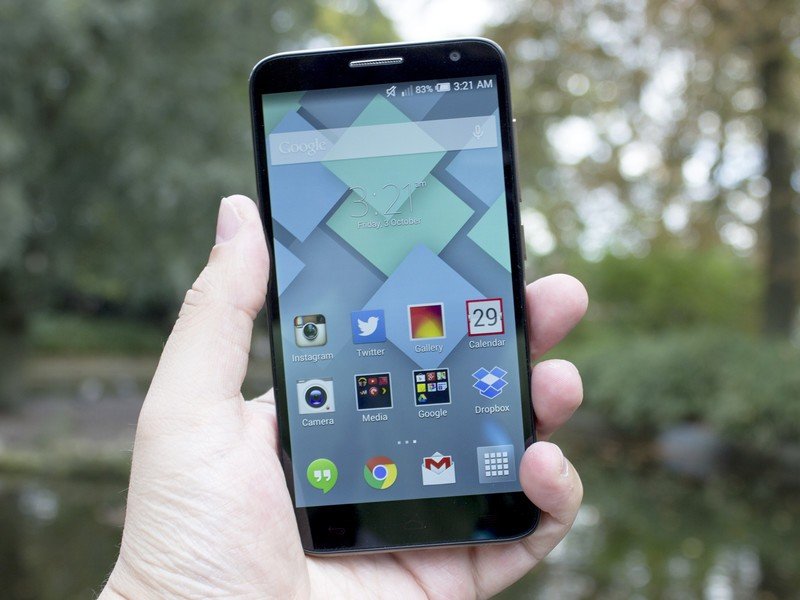
While the Alcatel Onetouch Idol 2s isn't the cheapest mid-range device out there, it certainly has some charm. A few fit and finish issues aside, it's a well designed phone with decent, if unspectacular hardware. The elephant in the room still remains Motorola's Moto G, though, which offers comparable hardware, better software and will undercut the Idol 2s on price. The Idol 2s does have LTE support, though, which is certainly a point in its favor.
So this isn't a bad phone at all. There's plenty to like about it, and for the kind of buyers Alcatel's targeting, the software probably won't be much of a problem. A bigger battery would have been nice, though. But the mid-range space is set to become more competitive than ever in the months ahead, and the Idol 2s may have its work cut out.

